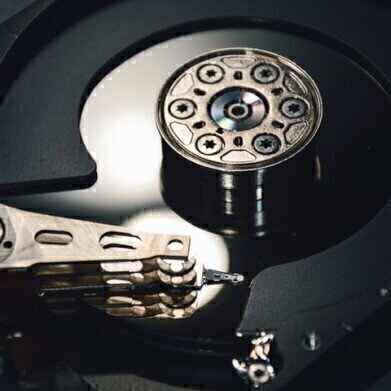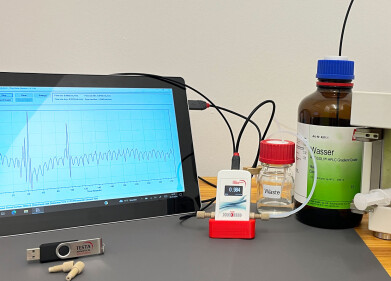Data handling
What is a Chromatography Data System?
Aug 01 2016
Technology has allowed many changes in chromatography resulting in a shrinking of equipment. Columns have gone from large packed columns to capillary columns — packing materials have reduced in size allowing better resolution and faster analysis.
But one part of a chromatography system that hasn’t got any smaller is the quantity of data generated — as resolutions get better and detectors become ever more sensitive the amount of data that is generated increases. How do we handle all that data, and even what is data? As we integrate different systems how do we get them to talk to each other? Welcome to the world of data systems.
Data, information and knowledge — what’s the difference?
We generally use the terms data, information and knowledge interchangeably — but many management systems and information engineering systems consider data, information and knowledge to be different — and this idea could help when planning your data system.
Data describes something, for example eye colour or age — data is never wrong, it is what it is, a descriptive fact. Information is simply captured data, it is what we can store in our computers and transfer to other parts of the system. Knowledge is what we know and comes from information and data, it is how we use and interpret the data and information — it is the map we make inside our heads.
And for us to make a correct map we need to get the correct data and information — with the amount of data now available from chromatography systems and the need to process the data correctly — we need data systems.
Chromatography data systems — a long way from cutting triangles out
Thirty years ago chromatography data systems were pretty basic and relied on the accurate scissor work of the analyst. The analyst had to start the chart recorder as he injected the sample and a pen drew a trace on a roll of paper. After the run the analyst had to either measure the peak height or cut out the peaks and weigh them. Data systems have come a long way.
Data systems nowadays automate most aspects of a chromatography system — but some though should go into setting up a system as there are many different possibilities that can be set-up:
- A workstation controlling one or two chromatography machines,
- A workstation that controls a GC-MS or LC-MS system, or
- A workstation that has control of all instruments.
In a regulated arena, it is considered that an interconnected system is the best way to go — with all data saved onto a central server. The ability to demonstrate to regulators that all data is controlled and has not been falsified is better served with a database system that is integrated into the chromatography system and is accessible from multiple data stations. The design and use of chromatography data stations is discussed in the article, Data: Do We Have Too Much of a Good Thing?
We’ve come a long way from paper and scissors — but so has our data.
Events
May 18 2025 Tempe. AZ, USA
May 21 2025 Birmingham, UK
Jun 01 2025 Baltimore, MD, USA
Jun 15 2025 Bruges, Belgium
Jul 14 2025 Kuala Lumpur, Malaylsia














